Letters To My Palestinian Neighbor by Yossi Klein Halevi
Letters to My Palestinian Neighbor by Yossi Klein Halevi
 I remember very clearly as a young boy, the great happiness among my family and friends on May 14, 1948 when there was the formal declaration of the establishment of the State of Israel. I also recall my first trip to Israel as a medical student with my wife in 1963 as part of a program for young Jews to better appreciate the meaning and the importance of the State of Israel. One more related memory for me to set the tone of my feelings about this book was nine years later, when I entered our synagogue with my family in 1973 on Yom Kipper and was shocked to learn of the surprise invasion of Israel by Syria and Egypt. Subsequently, I was fortunate enough to be able to visit Israel a couple of times with my family over the years including one time as Visiting Professor at Hadassah Hospital in Jerusalem.
I remember very clearly as a young boy, the great happiness among my family and friends on May 14, 1948 when there was the formal declaration of the establishment of the State of Israel. I also recall my first trip to Israel as a medical student with my wife in 1963 as part of a program for young Jews to better appreciate the meaning and the importance of the State of Israel. One more related memory for me to set the tone of my feelings about this book was nine years later, when I entered our synagogue with my family in 1973 on Yom Kipper and was shocked to learn of the surprise invasion of Israel by Syria and Egypt. Subsequently, I was fortunate enough to be able to visit Israel a couple of times with my family over the years including one time as Visiting Professor at Hadassah Hospital in Jerusalem.
I have never been any type of scholar of the Israeli-Arab dispute and conflict. I understand that the Arabs have great animosity towards the Jews and feel that the land of Israel is also Palestine, their homeland. As I came to appreciate the persistence of the Arab’s feelings and entitlement about Israel, I began to side with the idea of the “two-state solution.” My reasoning was that the Israelis could live in peace and their families would be safe and there would not be any threats. I assumed that the Arabs should feel the same way. This book was to teach me that I was quite naive in my simple views of the situation.
The author of this book is an Israeli scholar, born in the United States, but moved to Israel when he was a young man. He not only knows the Jewish history but is also very knowledgeable and understanding of the history of the Arabs and the origin of their feeling towards Palestine. He reminds the reader of his book that both people had their origin as being descendants from the two sons of Abraham. He wrote this book as a series of letters to his Palestinian neighbor whose home he can see from his own house off in a distance on top of a hill. He traces the history of the Jewish people and their connection to the land of Israel in a very compelling manner. He fills in many of the gaps in my knowledge and provides a depth of understanding that adds to the stories we tell at Passover or during the various Jewish holidays and when we read and discuss parts of the Torah or when we do these things during Jewish holidays, Bar Mitzvahs or any services at the synagogue.
Halevi clearly makes the case that the Jews are not only a religion but a people and have a commitment and a connection to the land of Israel. He wants his Palestinian neighbors to appreciate this. At the same time, he presents a very measured understanding of the Palestinian’s attachment to the land. He reviews the situation of how Prime Minister Menachem Begin almost brought Israel to accept the compromised two-state solution, but the Arabs could not honestly agree to such an arrangement. This book doesn’t offer a solution for the seemingly intractable problem. However, he feels sure that the Israelis could eventually accept the two-state solution if they truly believe that the other side would support this and recognize their right to exist. Only then would there would be a chance for living in peace and harmony. What comes across in this book is that the author is empathic to the feelings of his neighbors and hopes that someday, they will reciprocate this feeling. His book is very well done and will be quite enlightening to most readers as it was for me.
Please leave any comments below
If you wish to purchase this book on Amazon please click here




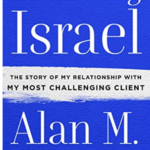
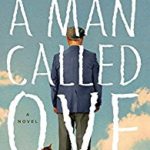

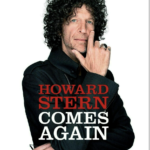
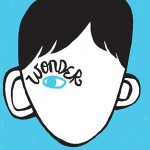

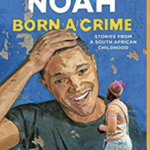



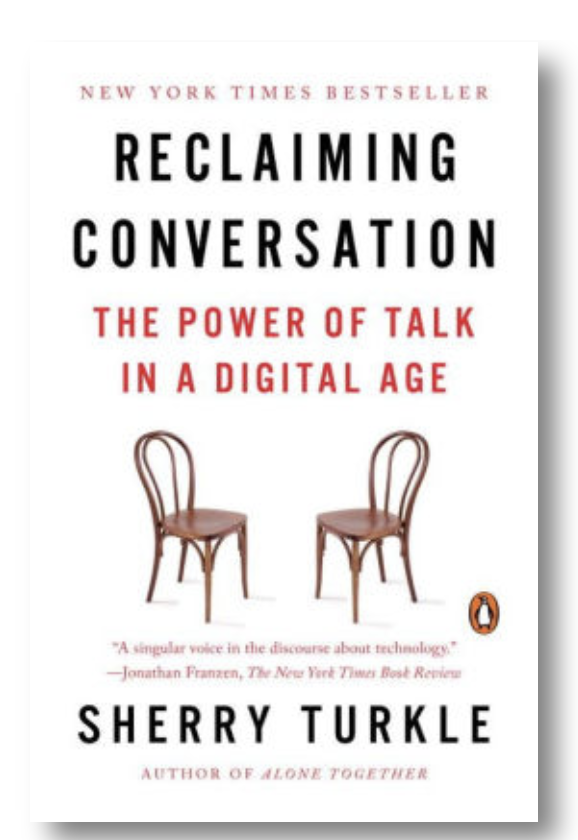 Although this book bemoans the loss of conversation because of modern technology, I don’t believe I have recently read a book that stimulated more conversation with people who are important to me than this one did. Early in the book, there is a reference to a cute two-minute video which had 51 million hits the last time I looked. It is titled “I Forgot My Phone” (
Although this book bemoans the loss of conversation because of modern technology, I don’t believe I have recently read a book that stimulated more conversation with people who are important to me than this one did. Early in the book, there is a reference to a cute two-minute video which had 51 million hits the last time I looked. It is titled “I Forgot My Phone” (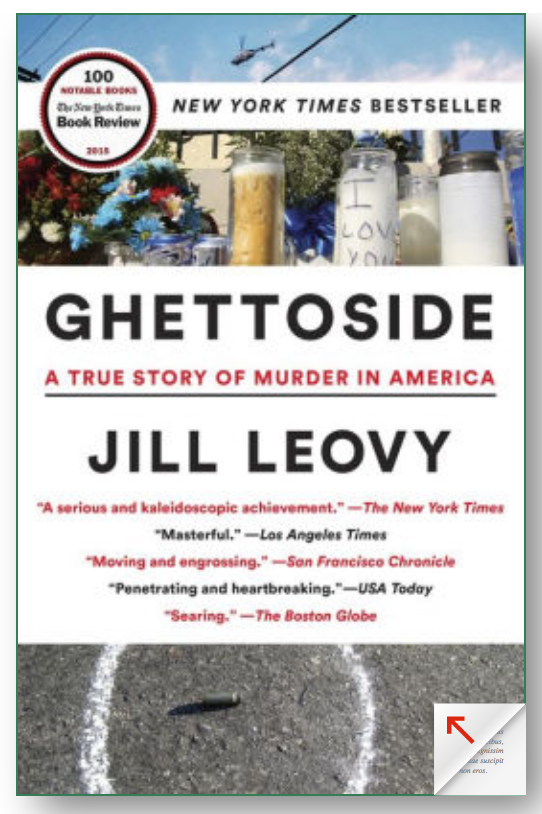 Ghettoside by Jill Leovy
Ghettoside by Jill Leovy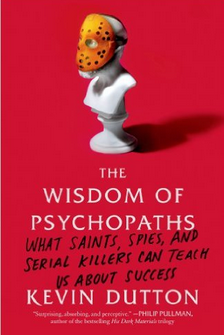 The Wisdom of Psychopaths by Kevin Dutton
The Wisdom of Psychopaths by Kevin Dutton